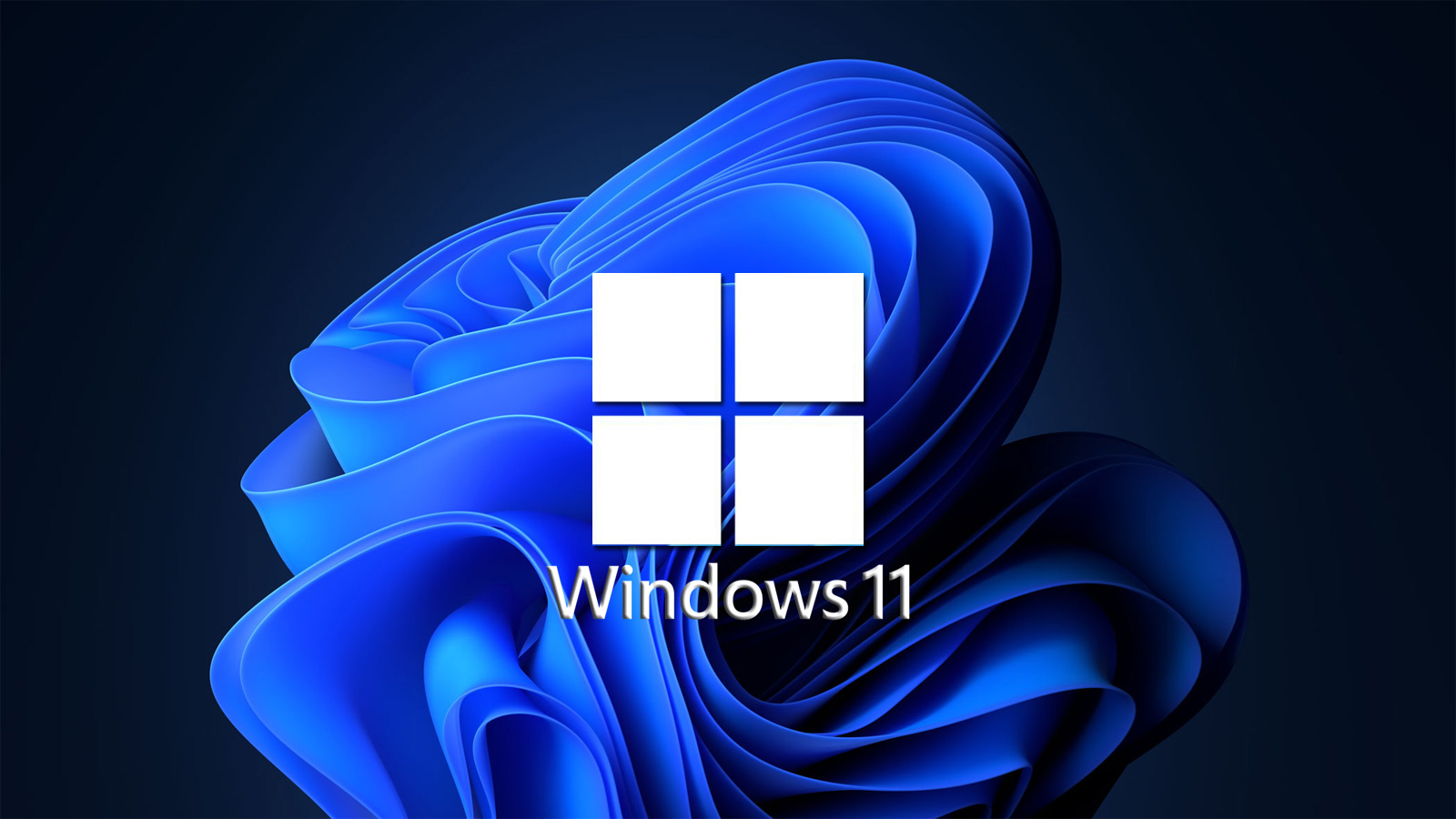Microsoft recently released Windows 11, the latest version of its operating system, to the public. With a sleek new interface, enhanced performance, and new features, Windows 11 promises to be a significant upgrade over its predecessor, Windows 10.
One of the biggest changes in Windows 11 is the new interface. The Start menu is now in the center of the screen, with app icons arranged in a grid to the right. This layout is more streamlined and user-friendly, with a focus on touch screen devices. The new interface also includes rounded corners and a more modern appearance overall.
Another major change is the addition of Snap Layouts, Snap Groups, and Desktops. These features make it easier to organize and switch between open apps, as well as customize the layout of multiple windows on the screen. This is especially useful for multi-tasking, as it allows users to quickly switch between apps and keep their work organized.
Windows 11 also includes several performance enhancements, such as faster start-up times, improved battery life, and better support for graphics-intensive applications. It also includes new security features, such as Windows Hello, which allows users to sign in with a fingerprint or facial recognition, and Microsoft Defender, which helps protect against malware and other security threats.
However, not all Windows 10 devices will be able to upgrade to Windows 11. Microsoft has released a list of system requirements, which includes a compatible processor, at least 4 GB of RAM, and a certain level of graphics support. This means that some older devices may not be able to run the new operating system.
Overall, Windows 11 promises to be a major upgrade over Windows 10, with a more modern interface, improved performance, and new features. However, users should check their system requirements before upgrading to ensure that their device is compatible with the new operating system.
One notable feature in the latest Windows 11 update is the integration of Microsoft Teams. This popular communication and collaboration platform is now integrated directly into the operating system, making it more accessible for users. With Teams integration, users can quickly connect with colleagues, friends, and family through video calls, messaging, and sharing files, all without leaving the Windows environment.
This feature is especially useful for remote work and learning situations, where virtual communication is essential. Additionally, Windows 11 includes improvements to gaming features, with features such as Auto HDR and DirectStorage that improve graphics performance and game loading times. These new features make Windows 11 an excellent choice for gamers who demand high performance from their operating systems.

